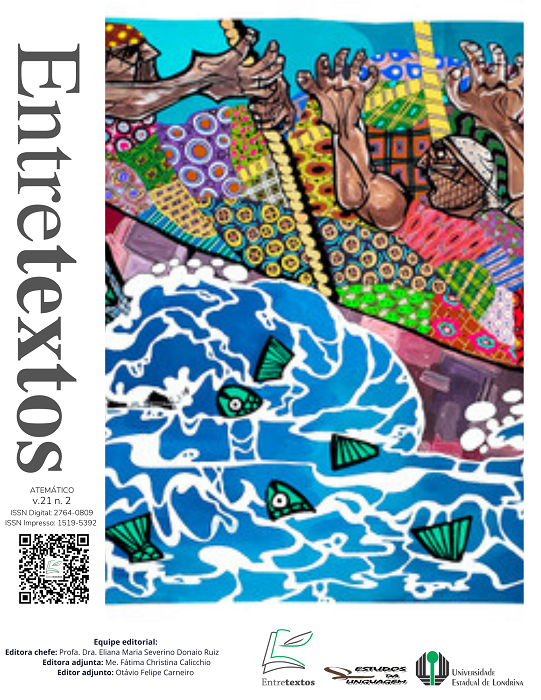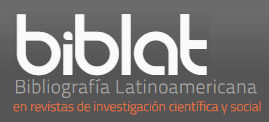Proverbs and advertising: discursive paths of meaning
DOI:
https://doi.org/10.5433/1519-5392.2021v21n2p96Keywords:
Proverbs, Advertising, Sense effectsAbstract
This article aims at analyzing how the meanings of proverbial statements in advertising texts are constituted. In order to base it, we articulate Maingueneau’s enunciative-discursive theory and the dialogical perspective of language proposed by Bakhtin, which allow both to describe the facts of the language verified in the discourse strand of advertising texts and to understand the effects of meaning produced by the intersection of interdiscourse through the work of memory. Furthermore, considering the fact that, according to the Discourse Analysis, the processes which constitute language are historical-socially founded and, according to Orlandi (1999), speech is a “meaning effect among interlocutors”, we find that, despite being considered typical of orality and originated from popular culture, proverbial statements are widely used by the written advertising media, which targets a literate audience, seen as a potential consumer. Our analyzes show that the proverbs, subverted or not in their original sense and in their linguistic materiality, participate as discursive strategies of persuasion, as the authority of the voice of the people, via printed media. Thus, the reiteration of these statements, which represent a stabilized archive, enables the uses of other meanings, although the enunciating subject maintains the illusion of being the origin of the saying.
Downloads
References
BAKHTIN, M. Marxismo e filosofia da linguagem. Tradução Michel Lahud e Yara F. Vieira. São Paulo: Hucitec, 1992.
CARVALHO, N. Publicidade: a linguagem da sedução. 2. ed. São Paulo: Editora Ática, 1998.
CHARAUDEAU, P.; MAINGUENEAU, D. Dictionnaire d’Analyse du discours. Paris: Seuil, 2002.
DE CERTEAU, M. A invenção do cotidiano: 1º artes do fazer. 11. ed. Petrópolis: Vozes, 2005.
DUCROT, O. O dizer e o dito. Campinas: Pontes, 1987.
INDURSKY, F. Polêmica e denegação: dois funcionamentos discursivos da negação. Cadernos de Estudos Linguísticos, Campinas, v. 19, p. 117-122, 1990.
LANDOWSKI, E. A sociedade refletida: ensaios de sociossemiótica. Tradução Eduardo Brandão. São Paulo: EDUC/Pontes, 1992.
MAINGUENEAU, D. Análise de textos de comunicação. 4. ed. São Paulo: Cortez, 2005.
MAINGUENEAU, D. Cenas da Enunciação. Curitiba: Criar Edições, 2006.
MAINGUENEAU, D. Discurso e análise do discurso. In: SIGNORINI, I. (org.). [Re]discutir texto, gênero e discurso. São Paulo: Parábola Editorial, 2008. p. 135-156.
MAINGUENEAU, D. Novas tendências em análise o discurso. Tradução Freda Indursky. Campinas: Pontes, 1997.
OBELKEVICH, J. Provérbios e história social. In: BURKE, P.; PORTER, R. (org.). História social da linguagem. São Paulo: Cambridge EdUnesp, 1997. p. 43-81.
ORLANDI, E. P. Análise do discurso: princípios e procedimentos. Campinas: Pontes, 1999.
ORLANDI, E. P. Interpretação: autoria, leitura e efeitos do trabalho simbólico. Petrópolis: Vozes, 2004.
PÊCHEUX, M. Análise do discurso: três épocas (1983) In: GADET, F.; HAK, T. (org.). Por uma análise automática do discurso: uma introdução à obra de Michel Pêcheux. Tradução Péricles Cunha. Campinas: Ed. UNICAMP, 1990.
PÊCHEUX, M. Papel da memória. In: ACHARD, P. et.al. Papel da memória. Tradução José Horta Nunes. Campinas: Pontes, 1999. p. 49-57.
PERINI, M. Para uma nova gramática de português. 8. ed. São Paulo: Ática, 1995.
THOMPSON, J. B. A mídia e a modernidade: uma teoria social da mídia. Tradução Wagner de Oliveira Brandão. Petrópolis: Vozes, 1998.
Downloads
Published
How to Cite
Issue
Section
License
Entretextos adota a Licença Creative Commons Attribution 4.0 International, portanto, os direitos autorais relativos aos artigos publicados são do(s) autor (es).
Sob essa licença é possível: Compartilhar - copiar e redistribuir o material em qualquer suporte ou formato. Adaptar - remixar, transformar, e criar a partir do material, atribuindo o devido crédito e prover um link para a licença e indicar se mudanças foram feitas.




















